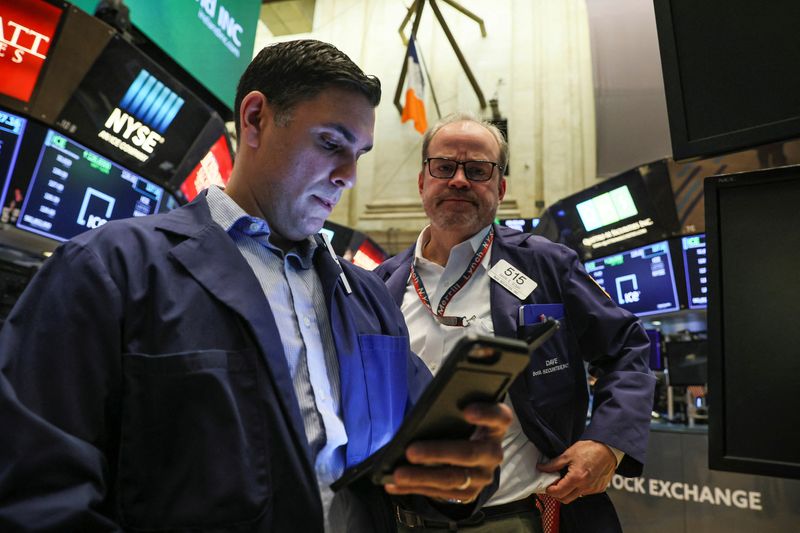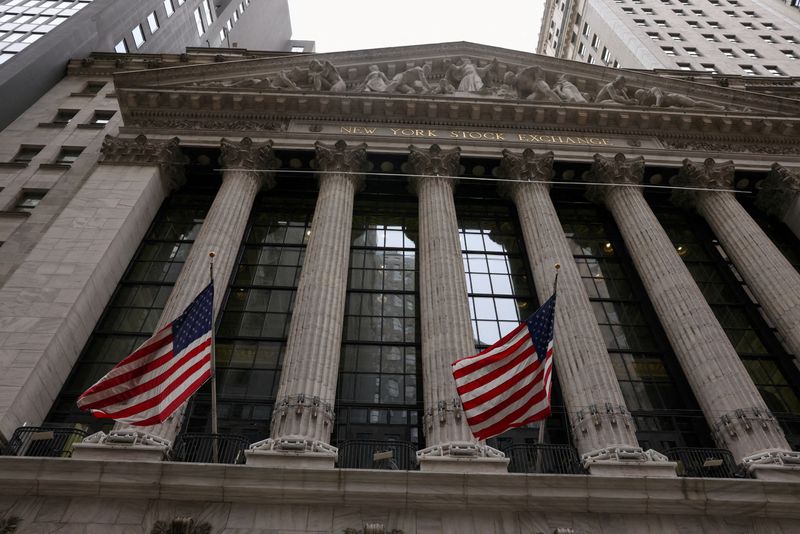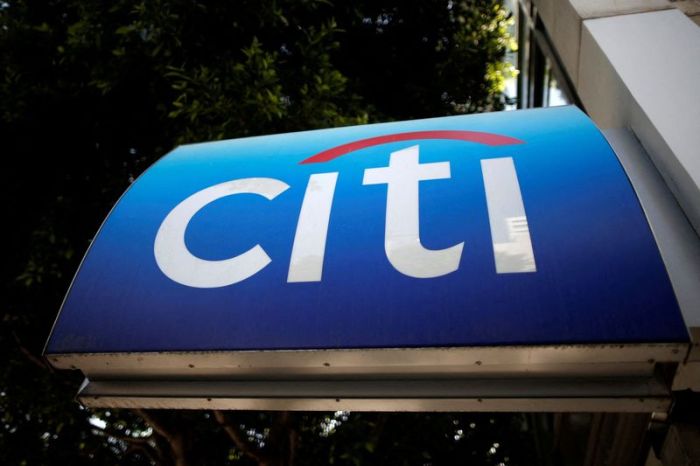NEW YORK (Reuters) – Major U.S. stock indexes closed mostly lower on Monday, led by a more than 2% drop in Nasdaq, as investors sold tech and big growth names ahead of this week’s Federal Reserve meeting and an expected hike in interest rates.
The Dow ended flat, with financial and healthcare shares giving the index some support.
Developments in the Ukraine-Russia conflict added to investor caution as Russian and Ukrainian delegations held a fourth round of talks on Monday, but no progress was announced, while Russian forces allowed a first convoy of cars to escape Ukraine’s besieged port of Mariupol.
Apple Inc shares fell 2.7% and weighed the most on the S&P 500 and Nasdaq after its supplier Hon Hai Precision Industry Co Ltd, known as Foxconn, suspended operations in China’s Shenzhen amid rising COVID-19 cases.
The Fed is expected to raise interest rates for the first time in three years Wednesday in an effort to combat rising inflation.
“We’re seeing that rotation into value and away from growth, and a lot of that is tied to what’s happening to interest rates,” said Paul Nolte, portfolio manager at Kingsview Investment Management in Chicago.
“Equity markets are going to be challenged going forward, and today is yet another example of that.”
The technology sector and consumer discretionary were the biggest drags on the S&P 500. Higher interest rates are a negative for tech and growth stocks because their valuations rely more heavily on future cash flows.
The Dow Jones Industrial Average rose 1.05 points to 32,945.24, the S&P 500 lost 31.2 points, or 0.74%, to 4,173.11 and the Nasdaq Composite dropped 262.59 points, or 2.04%, to 12,581.22.
The Russell 2000 index of small capitalization stocks fell 1.9% and was down more than 20% from its November record closing high. The Cboe volatility index, also known as Wall Street’s fear gauge, rose.
The S&P financial index rose 1.3% as U.S. Treasury yields jumped to 2-1/2-year highs. The healthcare sector advanced 0.7%, with UnitedHealth Group up 1%.
Energy slid 2.9%, as Brent crude fell below $110 a barrel, a week after it rose as high as $139 due to the Ukraine crisis.
Oil and other commodity prices have shot up following tough Western sanctions against Russia.
Declining issues outnumbered advancing ones on the NYSE by a 3.05-to-1 ratio; on Nasdaq, a 2.97-to-1 ratio favored decliners.
The S&P 500 posted 11 new 52-week highs and 32 new lows; the Nasdaq Composite recorded 26 new highs and 615 new lows.
Volume on U.S. exchanges was 14.26 billion shares, compared with the 13.7 billion average for the full session over the last 20 trading days.
(Additional reporting by Devik Jain and Sabahatjahan Contractor in Bengaluru; Editing by Saumyadeb Chakrabarty, Anil D’Silva and Cynthia Osterman)


























